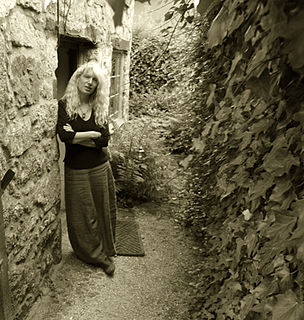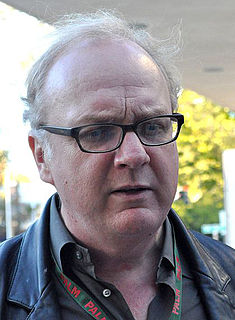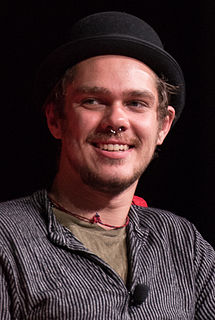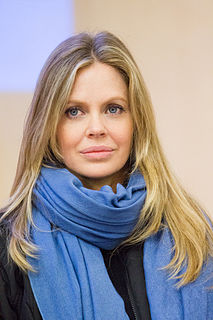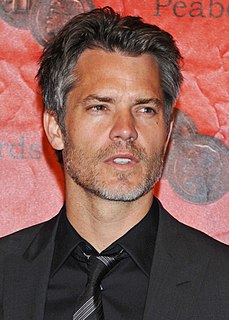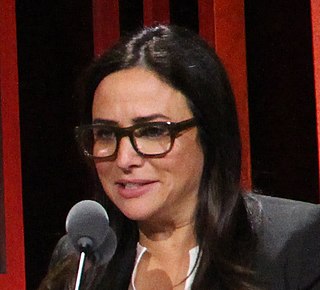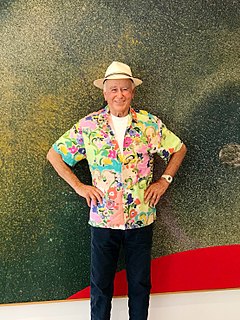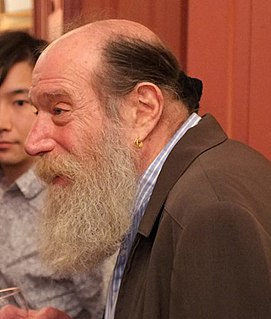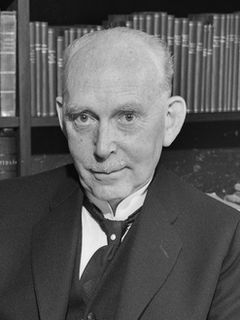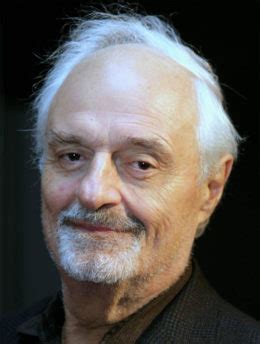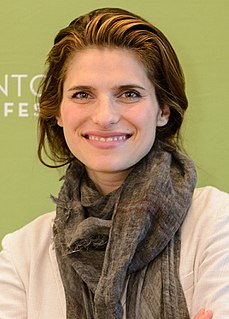A Quote by Terri Windling
Filmmaking can be a fine art.
Quote Topics
Related Quotes
Narrative, fiction filmmaking is the culmination of several art forms: theater, art history, architecture. Whereas doc filmmaking is more pure cinema, like cinema verité is film in its purest form. You're taking random images and creating meaning out of random images, telling a story, getting meaning, capturing something that's real, that's really happening, and render this celluloid sculpture of this real thing. That's what really separates the power of doc filmmaking from fiction.
I was a Fine Art major. You do a bit of everything until the final year, when you specialise. I did pencil drawing and sculpture. It's a pretty well-rounded fine art education. I thought that it was viable option to make a living out of art. I'm not sure if I was thinking realistically; maybe I never was. But it had great appeal.
Fine art, that exists for itself alone, is art in a final state of impotence. If nobody, including the artist, acknowledges art as a means of knowing the world, then art is relegated to a kind of rumpus room of the mind and the irresponsibility of the artist and the irrelevance of art to actual living becomes part and parcel of the practice of art.
